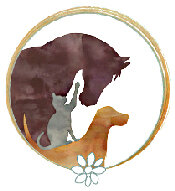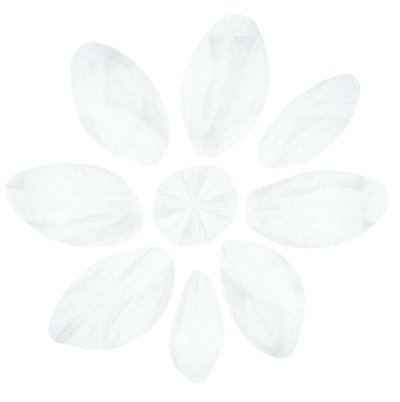Initial Osteopathic Treatment
Your horse’s first session will be approximately 1.5 - 2 hours long.
Intake Form
Use this form to describe the main issues your horse is having based on your observation of pain, riding issues or behavioural issues etc.
Include past/preset medical issues, any history of trauma, injuries, colic, gastrointestinal ulcers, lameness, surgery, etc.
Also include current diet, supplements, or medications
We recommend that you fill in this form on a computer or tablet as there is quite a lot of typing required.
Evaluation/Diagnosis
Assessing posture, the top-line, muscle development and symmetry (or lack thereof), stance, palpating body for heat and assessing gait at a walk and trot of necessary.
Motion palpation of all joints in the body (spinal vertebrae, ribs, jaw, individual joints in all 4 limbs), and determine if motion is too much or too little and determine if there are spinal patterns that indicate organ involvement.
Loss of normal motion in the shoulders and pelvic bones (sacro-iliac joint or SI joints) may be due to nerve changes from organ issues and will not respond to local manipulation (chiropractic, etc.). ‘Three in a row’ spinal patterns of fixation help to determine if there is organ involvement affecting mobility of a shoulder or SI joint.
Osteopathic treatment
Visceral Manipulation — e.g. gelding scars, tight attachment of ovaries/uterus, restricted diaphragm…these are all mechanical issues so will respond immediately to a treatment.
Craniosacral Therapy (CST) – addresses whole body patterns of fascial restrictions internally that will cause local restricted joints to free up as well (can replace chiropractic manipulations), addresses excessive tension in the back and neck, poll area, issues with the jaw, areas of past injuries that are stiffer than normal.
Manipulation of Joints that have not freed up with visceral manipulation or CST and are not related to any organ issues that require longer term treatment before the joint will ‘self-correct’ on its own.
Fecal Blood Test
For possible presence of stomach and/or hind-gut ulcers.
non-osteopathic treatment of sub-clinical organ issues
Via veterinary/nutritional/herbal or homeopathic approaches
Hind-gut acidosis, stomach and/or hind-gut ulcers, parasitic arteritis (worm aneurysm from large strongyle migration to mesenteric artery)
Other treatments
Supplements for joints or other issues, suggested therapeutic exercises etc.

Some horses performing at a very high level in their sport benefit from treatments
every 3 to 4 months after organ issues have been addressed.
These sessions are shorter and more like ‘tune-ups’
— typically addressing minor issues.
Follow-up
Osteopathic / Craniosacral Therapy
Ideally the first follow-up session occurs 8 to 10 weeks later after organ issues have been addressed as needed (via nutrition, supplements, ulcer treatment, specialized deworming and other non-osteopathic treatments). This follow-up is essential to ensure there are no further sub-clinical organ issues (that can be detected via osteopathic exam).
Evaluation and treatment may be similar to first session, but if organ issues have been addressed (and certain joints have freed on their own over time) then whatever joint restrictions are ‘left over’ after that, will be addressed with local treatment (joint manipulation, CST).
Long term follow-up depends on the age of the horse, what sport/activity they are in and at what level.
Once organ issues such as gelding scars, tight ovaries, hind-gut acidosis, parasite issues, ulcers and foregut imbalances have been treated (and improvements maintained) then horses do well getting an osteopathic treatment 2 to 3 times a year. These sessions are mainly comprised of CST for more structural issues that may arise. This level of frequency is enough to catch early biomechanical issues and also catch organ issues that may be coming back or new problems such as the development of a new ulcer.
Once underlying organ issues that have been contributing to loss of motion of shoulders, pelvis and parts of the spine have been addressed, horses are so much better in their movement that whatever crops up is usually minor and resolved with basic structural treatment. Improvements are maintained for a longer time and don’t need the frequency of structural treatment that is so common with chiropractic alone.
Some short examples of the types of treatment Dr. Taylor does in an appointment.



